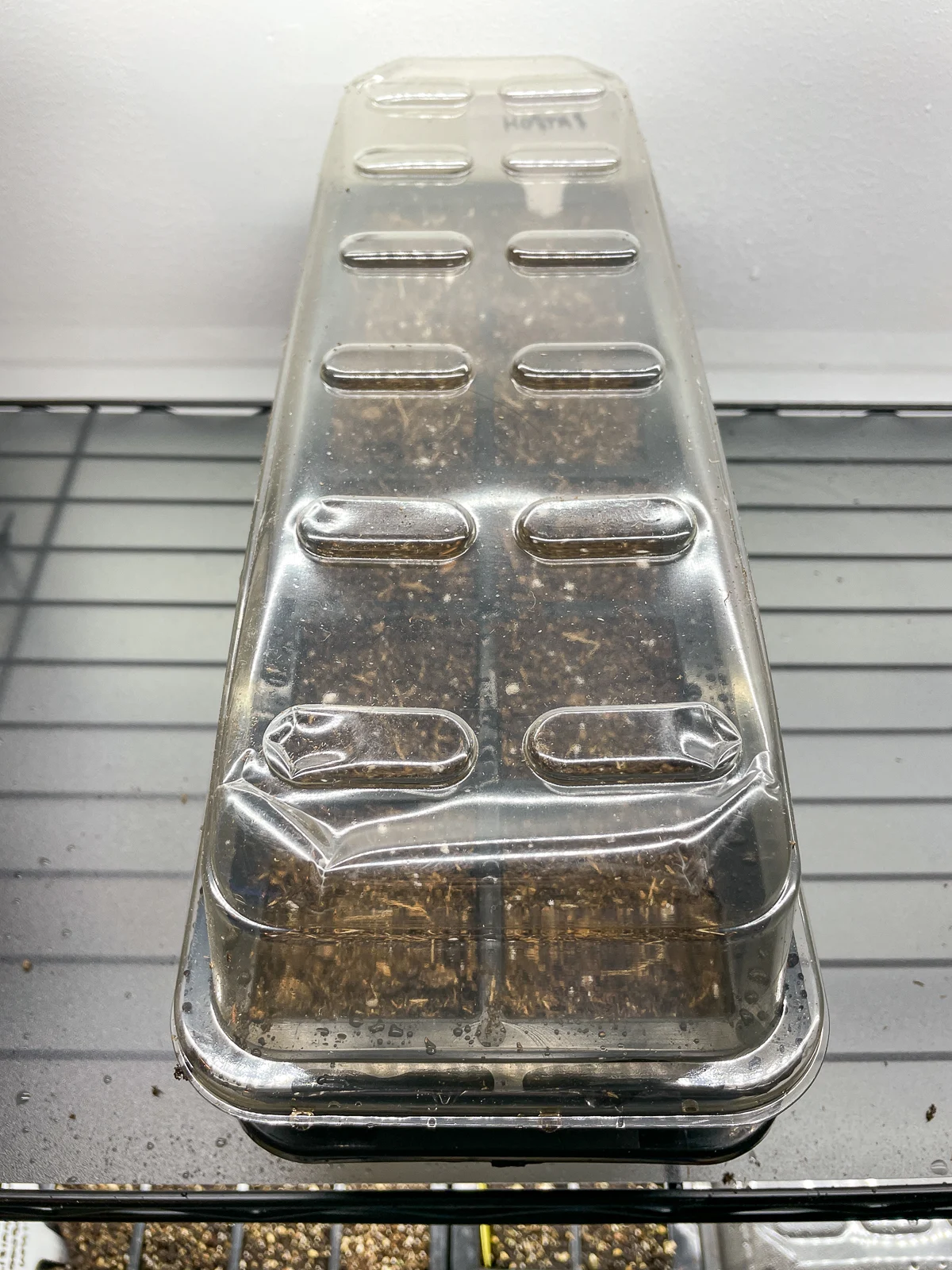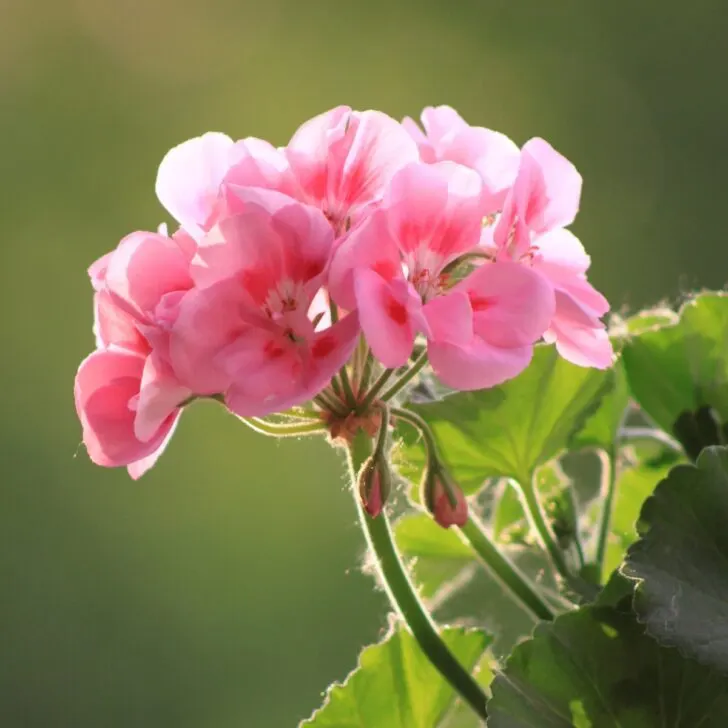Yes, you can grow hostas from seed! Learn how to start this popular perennial from seed indoors to add your shade garden this year!

I have a lot of shady spots in my garden, and hostas are a great way to fill those spaces with lush foliage. Plus, it's one of the few plants that can survive under our black walnut tree!
I have a lot of empty space to fill, and hostas can cost $10-20 a plant at the garden center! I was curious about how to grow hostas from seed, so I bought a packet to try for myself.
Germinating hosta seeds can be a little tricky, and you never know what kind of plant you're going to get. But that's part of the fun!
This post contains affiliate links for your convenience. Purchases made through these links may earn me a small commission at no additional cost to you.
Growing hostas from seed at a glance
| Step | Description |
|---|---|
| Seed Preparation | Cold treatment for 4-6 weeks to improve germination. Soak seeds in water for 24 hours before planting. |
| Planting Time | Best planted in early spring or indoors in late winter. |
| Soil Requirements | Well-draining, slightly acidic to neutral soil. |
| Sowing Depth and Spacing | Sow seeds superficially, barely covering them with soil. Space 1-2 inches apart. |
| Light and Temperature | Bright, indirect light. 55-65°F (18-24°C) for germination. |
| Watering | Keep soil consistently moist but not soggy. |
| Fertilizing | Balanced, slow-release fertilizer after seedlings establish. |
| Germination Time | 2-6 weeks, sometimes longer. |
What do hosta seeds look like?
Hosta seeds have a black, flat, papery coating. You can plant the seed with the coating intact, making them easy to handle.

I bought these hosta seeds from Swallowtail Garden Seeds, which is my go-to place for hard to find seeds like these!
How to plant hosta seeds
Fill clean seed trays or small pots with pre-moistened seed-starting mix. Don't use regular potting mix, because it contains larger bark and heavier soil that is difficult for seeds to sprout in. Gently press down on the surface to settle the soil and remove air pockets.

Place one or two hosta seeds per cell on the soil surface.

Lightly cover the seeds with a thin layer of seed-starting mix or fine vermiculite.

Lightly mist the tray with water to settle the seeds and soil. Water the tray once a day in the same manner to keep the seeds moist.

Cover the trays or pots with a clear plastic lid or plastic wrap to maintain humidity and place them in a location where they will receive 12-16 hours of light a day.

Hosta seeds can take anywhere from 2-6 weeks to germinate. Remove the plastic covering once the seedlings emerge to prevent the growth of mold or algae.
Hosta Seed Germination
Unfortunately, I had pretty spotty germination, with only three popping up in a 12 cell tray. There were a few that looked like they were starting to sprout, but stopped just after reaching the surface. I'll be keeping an eye on them to see if they wake up!

The seed packet recommends placing your seed tray in the refrigerator for four weeks if your seeds don't germinate after a month. Because I had a few seeds sprout, I don't know if that would help (plus, I don't have room in the fridge for a seed tray!)
My basement grow room stays pretty cool, but I wonder if I would have gotten better results if I had put the seeds in the fridge before planting. Some sources say that a period of cold stratification will increase germination.
Next time, I may try the paper towel method to presprout my hosta seeds. I might even run some experiments to see if they sprout better in damp paper towels at room temperature vs the fridge. The video below goes into the paper towel method in more detail.
Transplanting Hosta Seedlings
Once your hosta seedlings have developed at least two sets of true leaves and are at least 3-4 inches tall, it's time to start hardening them off. This process of gradually exposing the plants to outdoor temperature fluctuations and wind conditions will toughen them up and prevent transplant shock.

It's important to ensure that the outdoor temperatures have stabilized and the danger of frost has passed, as young hosta plants can be sensitive to extreme temperature fluctuations.
Hostas thrive in well-draining soil with a pH of 6.0 to 7.0. Choose a location in your garden that provides partial to full shade, as hostas generally prefer protection from intense afternoon sun.

Carefully remove the hosta seedlings from their containers, taking care not to damage the roots. Place each seedling into a hole in the soil that has been amended with compost, ensuring that the root ball is level with the soil surface.
Fill in the remaining space around the roots with soil, and gently firm the soil to eliminate air pockets. Water the seedlings thoroughly to help settle the soil and establish good root-to-soil contact.
I'll have a full tutorial on how to care for hostas in the garden, so stay tuned for that article coming soon!






